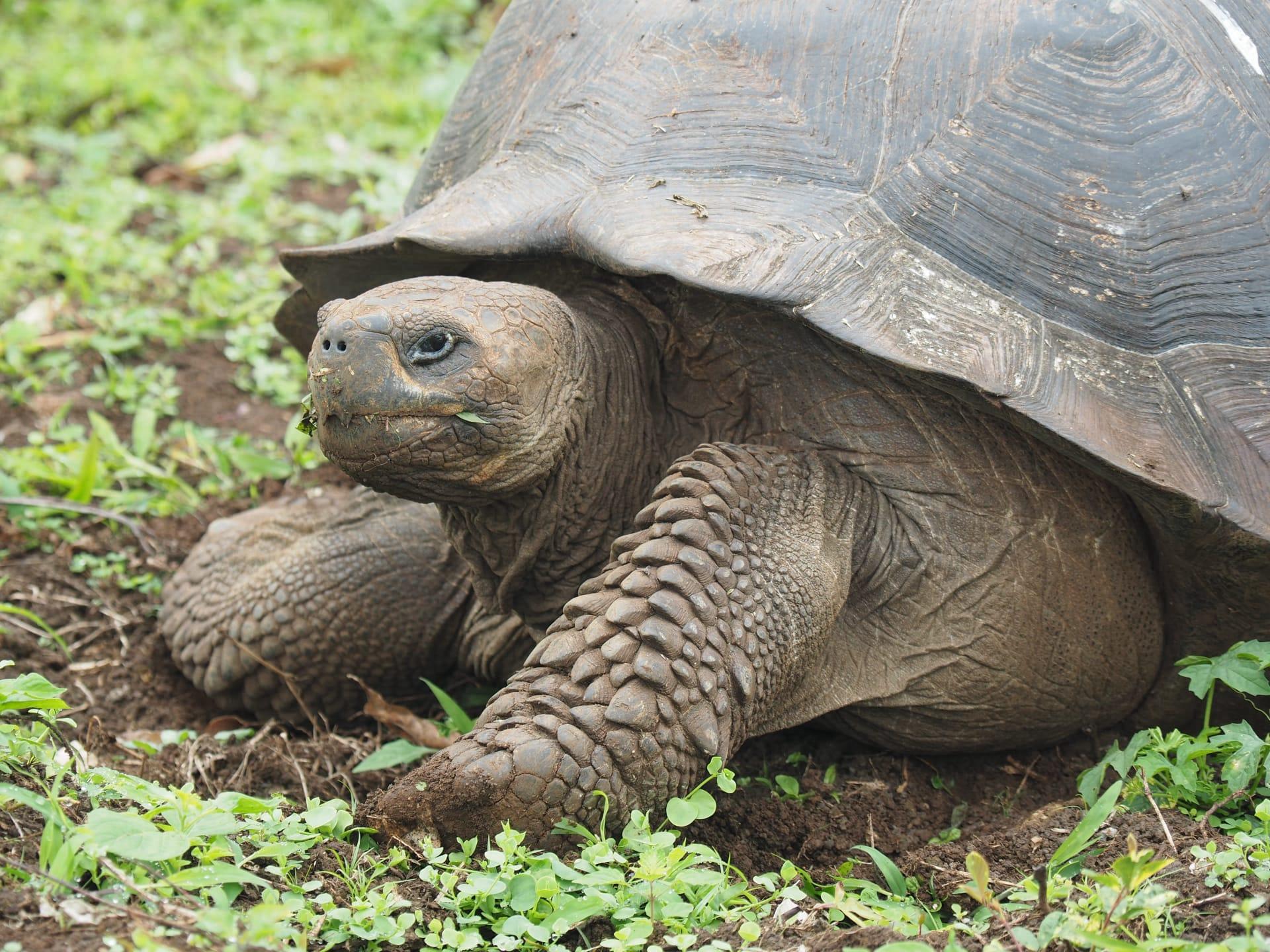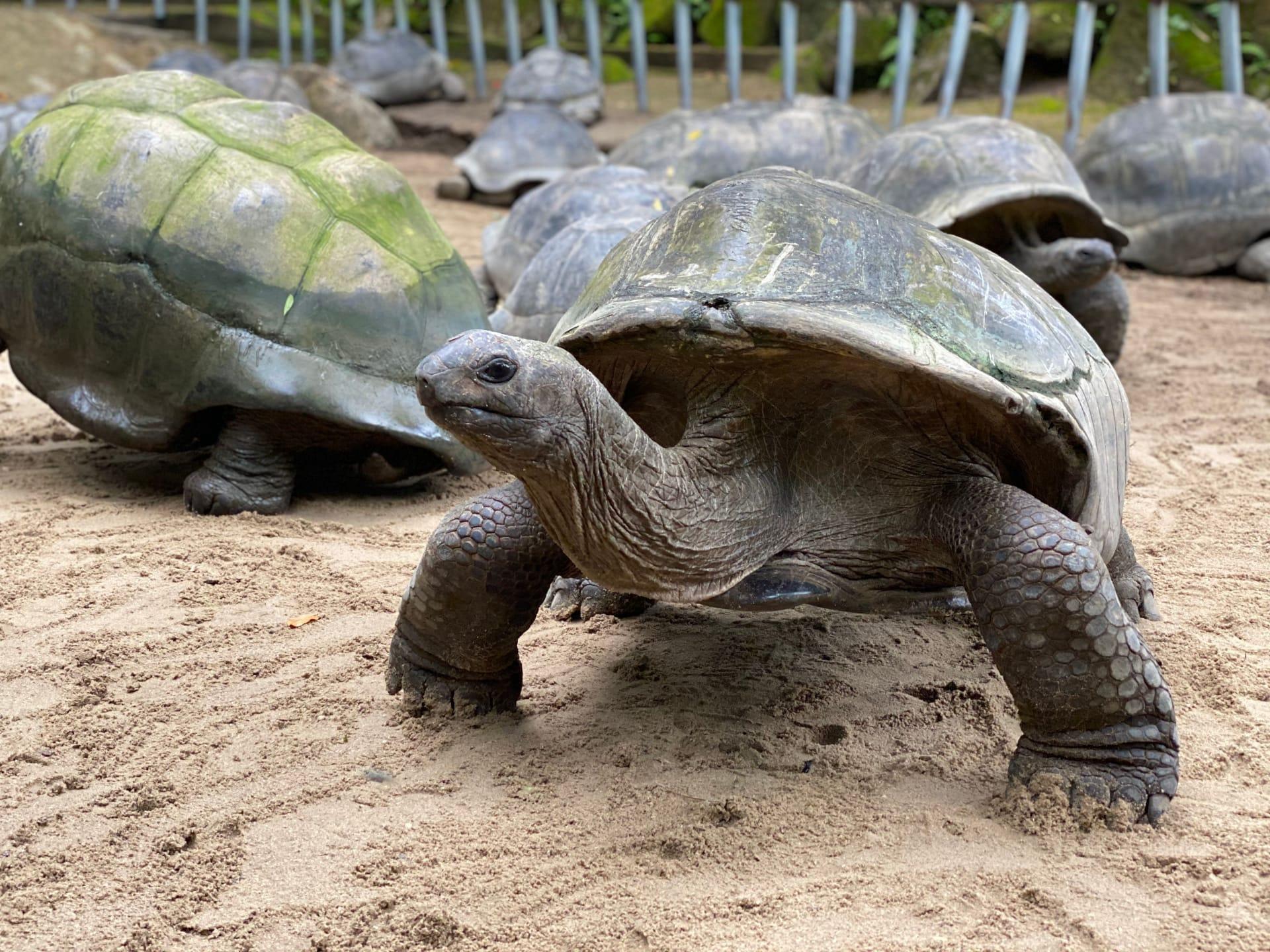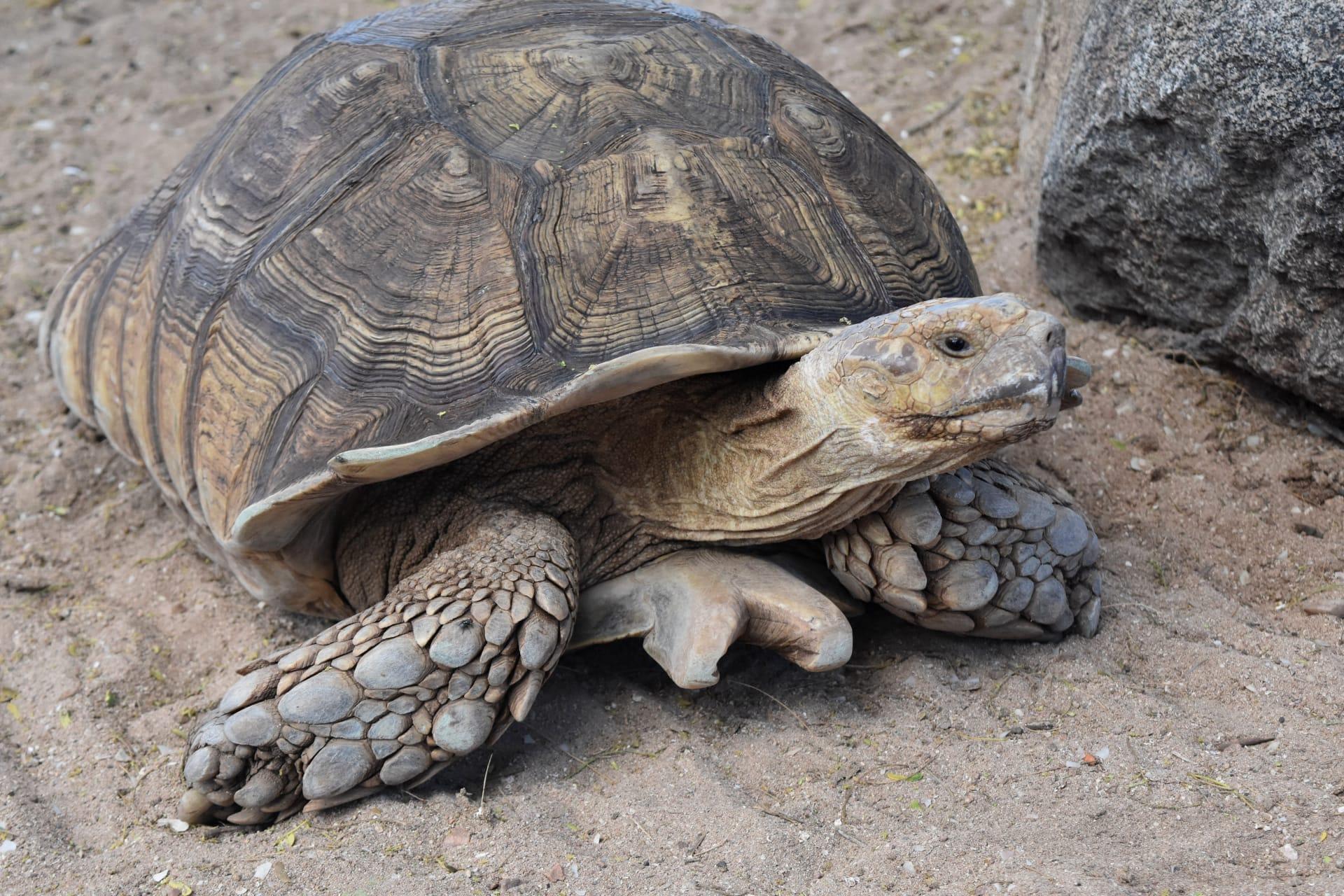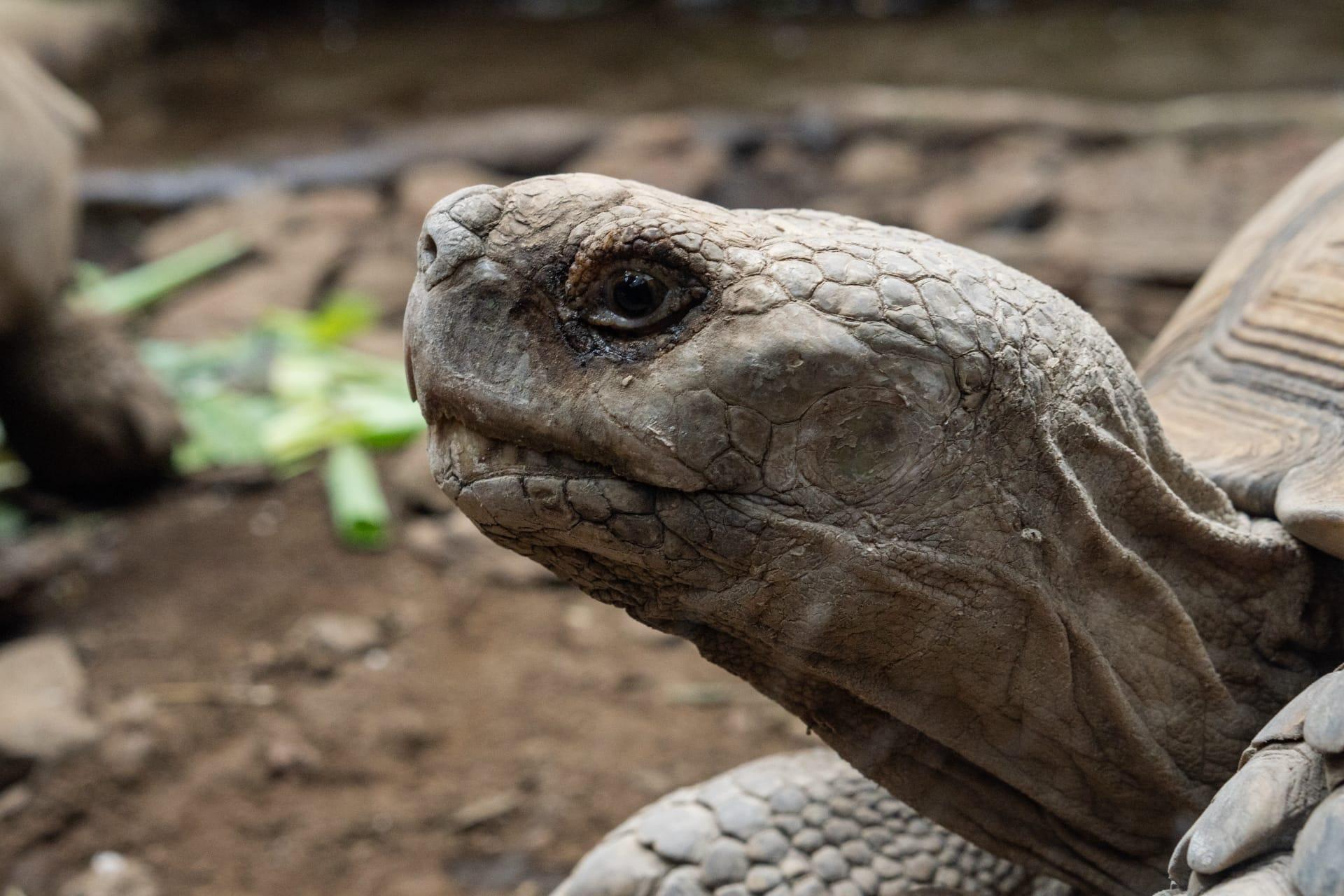Galapagos Tortoise Trivia
- Home /
- Trivia Question /
- Animal /
- Galapagos Tortoise Trivia
1
Question: How long can Galapagos tortoises live, and what factors contribute to their longevity?
Answer: Galapagos tortoises are known for their remarkable lifespan, often living over 100 years. The oldest recorded was around 175 years old. Their longevity is attributed to a slow metabolism, a low-calorie diet mainly consisting of grasses and fruits, and a lack of natural predators. Their genes also play a crucial role, as they're adapted to withstand diseases and physical stresses of their environment.
Question: What is the size range of adult Galapagos tortoises, and how does it vary among different species?
Answer: Adult Galapagos tortoises can vary significantly in size depending on their species and island habitat. They can weigh between 250 to 900 pounds (113 to 408 kilograms) and reach lengths of up to 4 feet (1.2 meters). The largest species, like the ones from the island of Santa Cruz, tend to weigh more and have 'dome-shaped' shells, while the smaller ones, such as those from Española Island, have 'saddleback' shells and weigh less.

2
Question: Is it true that Galapagos tortoises can survive without food or water for a year?
Answer: Yes, it's true to an extent. Galapagos tortoises can survive without eating or drinking for up to a year under certain conditions. This ability is an adaptation to their environment, where food and water can be scarce. They achieve this by slowing down their metabolism and using their stored fat and water efficiently.
Question: Do all Galapagos tortoises have the same shell shape?
Answer: No, Galapagos tortoises have different shell shapes based on their island habitat. The 'dome-shaped' shells are found in tortoises from the larger islands with abundant vegetation. In contrast, the 'saddleback' shell, with a raised front, is an adaptation seen in tortoises from smaller, drier islands, allowing them to stretch their necks higher to reach sparse vegetation.

3
Question: How do Galapagos tortoises contribute to their ecosystem?
Answer: Galapagos tortoises play a crucial role in their ecosystem as 'ecosystem engineers.' They help in seed dispersal through their feces, which promotes plant growth. Their movement across the terrain also helps in shaping the landscape and creating paths used by other animals.
Question: Can Galapagos tortoises swim?
Answer: While Galapagos tortoises are not designed for swimming, they can float and paddle in water. They are often found wallowing in shallow pools or mud to regulate their body temperature and protect themselves from parasites. However, they are not adapted to swim in deep or open waters.

4
Question: What is the mating behavior of Galapagos tortoises?
Answer: The mating behavior of Galapagos tortoises is quite distinct. Males assert dominance through 'neck wrestling' contests. The male with the longest neck and highest raised shell usually wins. Mating occurs throughout the year, with a peak during the rainy season. The females then travel miles to find suitable nesting grounds to lay their eggs.
Question: Are Galapagos tortoises solitary?
Answer: Galapagos tortoises are primarily solitary animals. They spend most of their lives alone, except during mating season or when young tortoises band together for safety. Their solitary nature is due to their slow movement and the need to consume large amounts of vegetation, which is better achieved alone.

5
Question: What threats do Galapagos tortoises face today?
Answer: The primary threats to Galapagos tortoises are habitat loss, invasive species, and human activities. Habitat loss due to agriculture limits their roaming and feeding areas. Invasive species like rats and goats compete for food resources and prey on tortoise eggs. Conservation efforts are crucial for their survival.
Question: How do Galapagos tortoises regulate their body temperature?
Answer: Galapagos tortoises are ectothermic, meaning they rely on external sources to regulate their body temperature. They bask in the sun to warm up and retreat into the shade or mud wallows to cool down. This thermoregulation is essential for their digestion and overall health.